Where’s The Best Location To Keep Your Domestic Oil tank
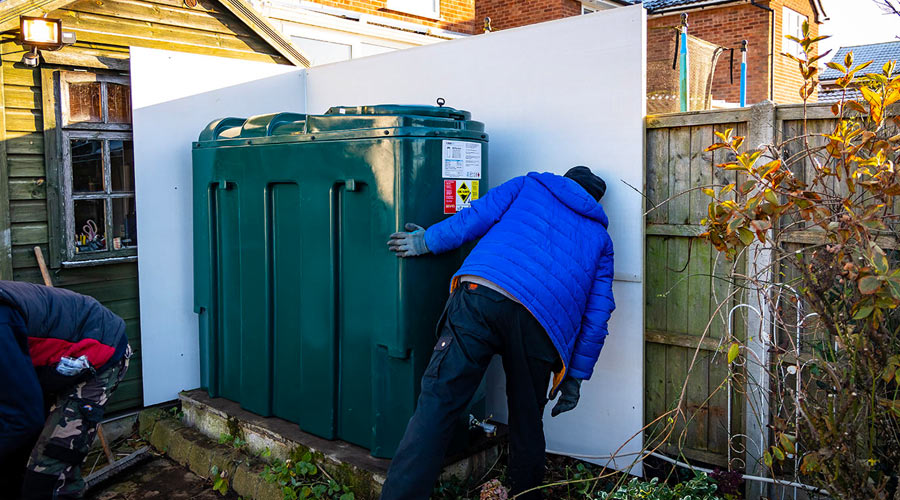
Before you consider which oil tank is right for your home, you need to ensure you have the right location for it first. Not only will this help extend your tank’s lifespan, it’ll keep your home & family safe. We’ve pulled together the top 5 considerations to help you decide.
1 – Domestic oil tank regulations
For your oil tank to comply & be legal, you’ll need to follow the OFTEC tank guidelines. Your tank should also be:
- On a platform or stand with at least 300mm around the edge of it stored away from a fire or heat source
- 1.8m away from non-fire rated eaves of a building
- 8m away from a non-fire-rated building or structure, like a garden shed or gazebo
- 1.8m away from openings in a fire rated building or structure, for example windows or doors in a brick house or garage
- 1.8m away from the flue terminals of oil-fired appliances
- 760mm away from a non-fire rated boundary, including wooden structures & boundary fences
- 600mm away from foliage that does not form part of the boundary, like decorative screenings or hedges
If your tank can’t be positioned at the set distance from these materials, you must have a protective barrier that will last at least 30 minutes in the event of a fire.
2 – Delivery access
You need to bear in mind how drivers will reach your tank to refill it. Most homes need at least 2 deliveries a year, depending on tank capacity.
Although drivers will try to accommodate, there’s a few things you can think about to make life easier for everyone:
- Is their room for their delivery truck?
- Where will they feed the hose from their truck to your tank
- Will you need to be home for deliveries? Or will they be able to access it without you being there
3 – Ease of oil tank maintenance
Your tank will need to be checked by a qualified engineer.
They’ll need full access & view of your tank in order to check it over. Remember, you’ll need to easily access it too for regular maintenance, including clearing debris & inspecting for cracks, bulges or oil spills.
Read our tips on where to install your oil tank in your garden.
4 – Weather concerns
We all know how unpredictable the weather can be.
Extreme highs & lows as well as quick changes in conditions, can all impact the condition of your oil tank. Here are a few ways you can help minimise damage:
- Position your tank away from guttering, or areas where rainwater will pool, to avoid corroding
- Avoid placing your tank by a wall, where leaves & debris can collect behind it, causing rust or decay
- Regularly check your tank & clear away any of the above.
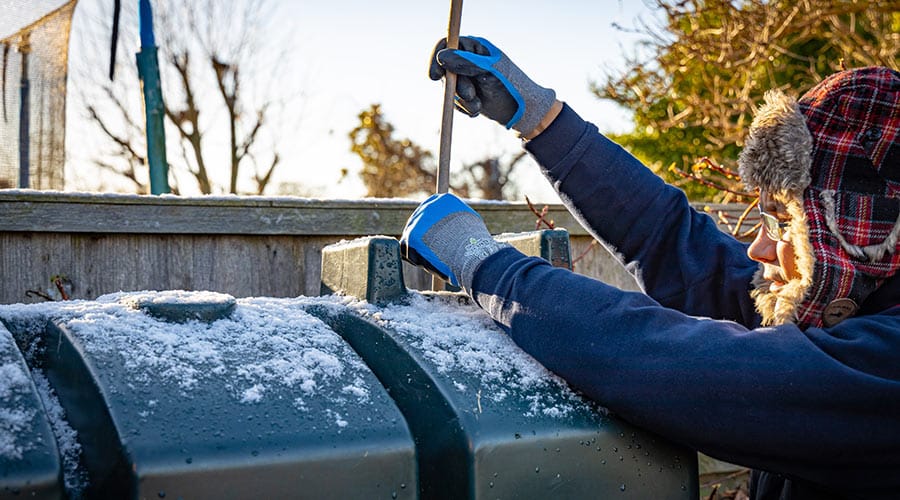
5 – Should domestic oil tanks be kept inside or outside?
The above points should help you figure out the best location for your oil tank. But there’s one last thing to decide, inside or out?
Keeping your oil tank inside
The pros:
- Provides protection from weather related issues like rusting, corrosion or condensation, ultimately increasing its lifespan
- Reduces the risk of vandalism or theft
The watch outs:
- You will need to find a big enough space to fit your tank, without disturbing any pipework
- You will need to include a support base with a drip tray, to prevent any spillages
- Will you need someone to be home on delivery days
Placing your oil tank outside
The pros:
- Offers more options as you’re likely to have more space
- Deemed safer, as it’s further away from your home
The watch outs:
- Exposed to the elements which can cause damage, possibly resulting in repairs or replacements
Hiding your oil tank underground
The pros:
- Your tank is hidden away, not taking up any house or garden space
The watch outs:
- Finding space for your tank without disturbing any pipework
- Ensuring it’s easily accessible for you, engineers & delivery drivers
- Cost of installation
- More difficult to access for maintenance
Once you’ve worked out where you oil tank will go, you’ll also need to consider what type of oil tank will suit you best. View our range to find out more.
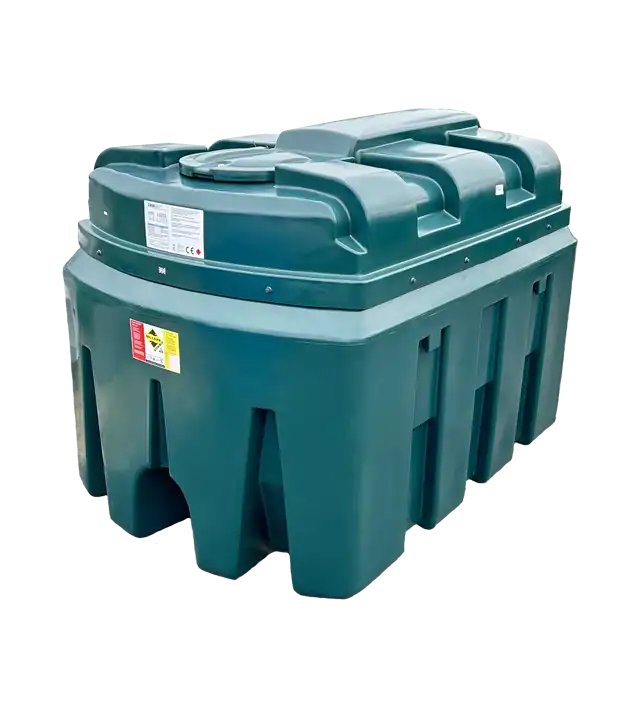
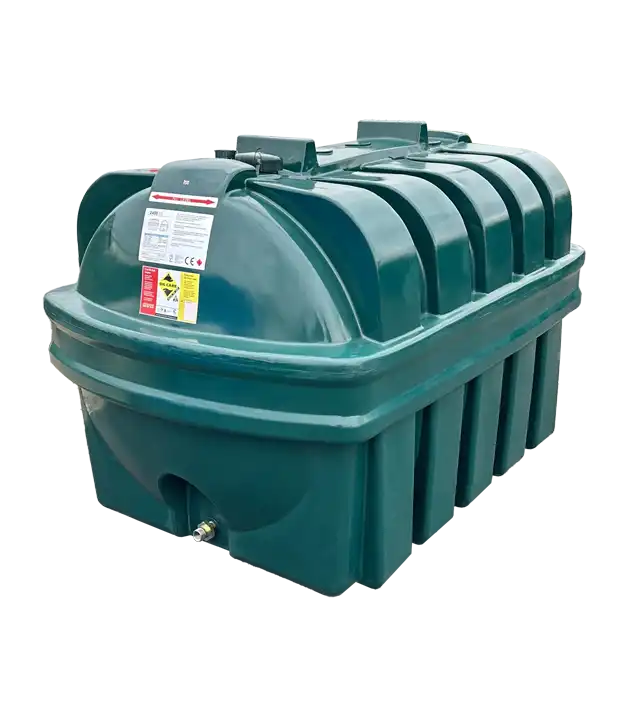
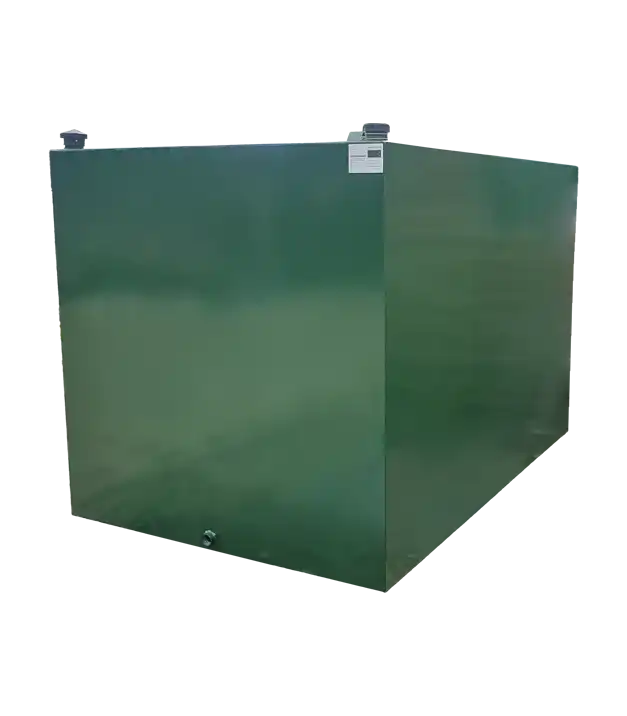
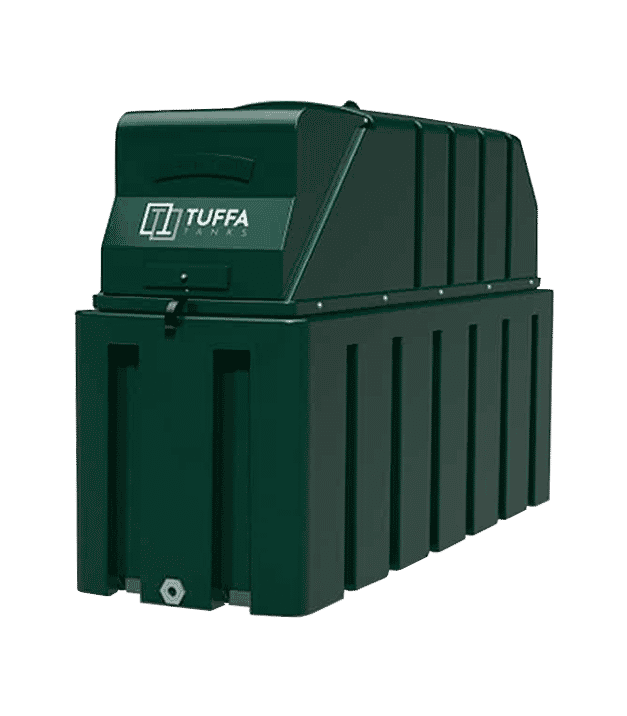
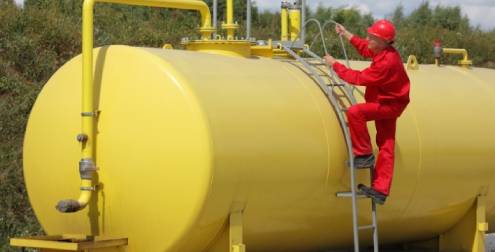
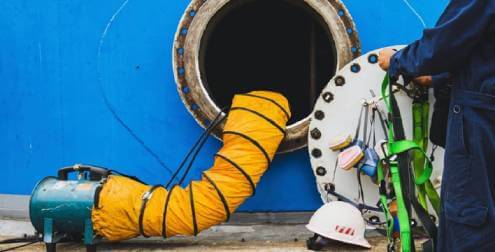
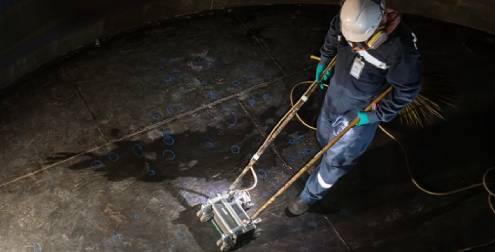
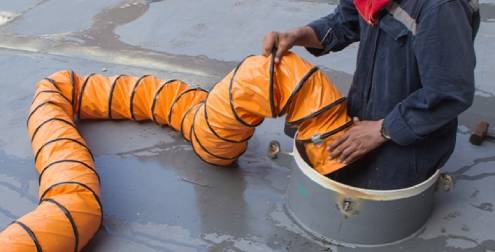
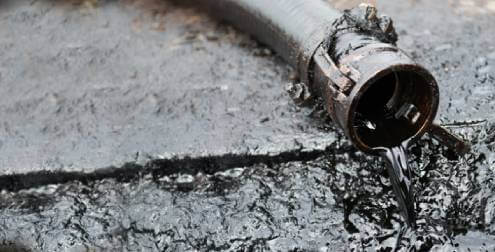
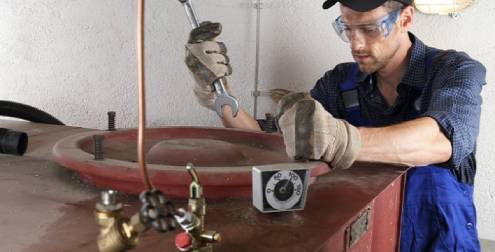

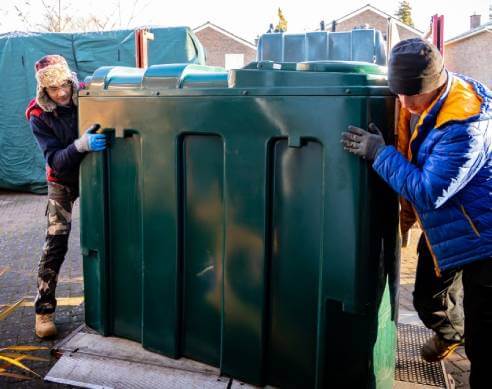
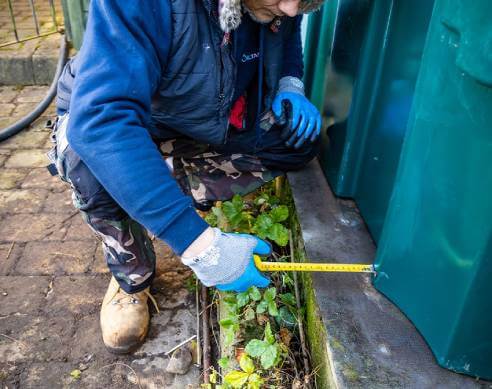


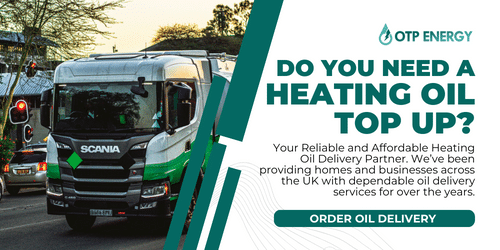
Share This: